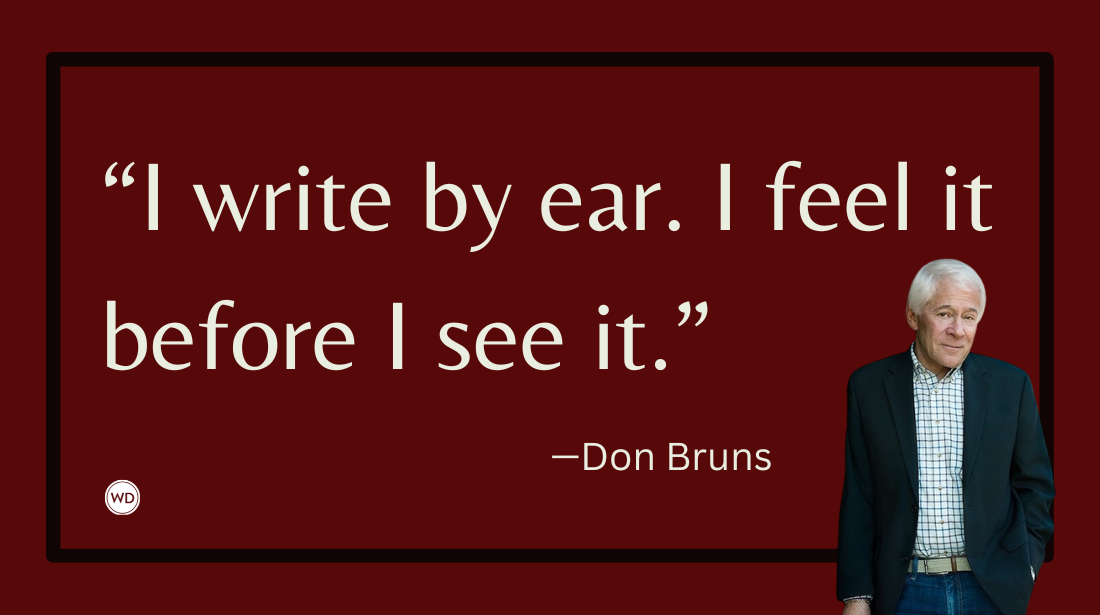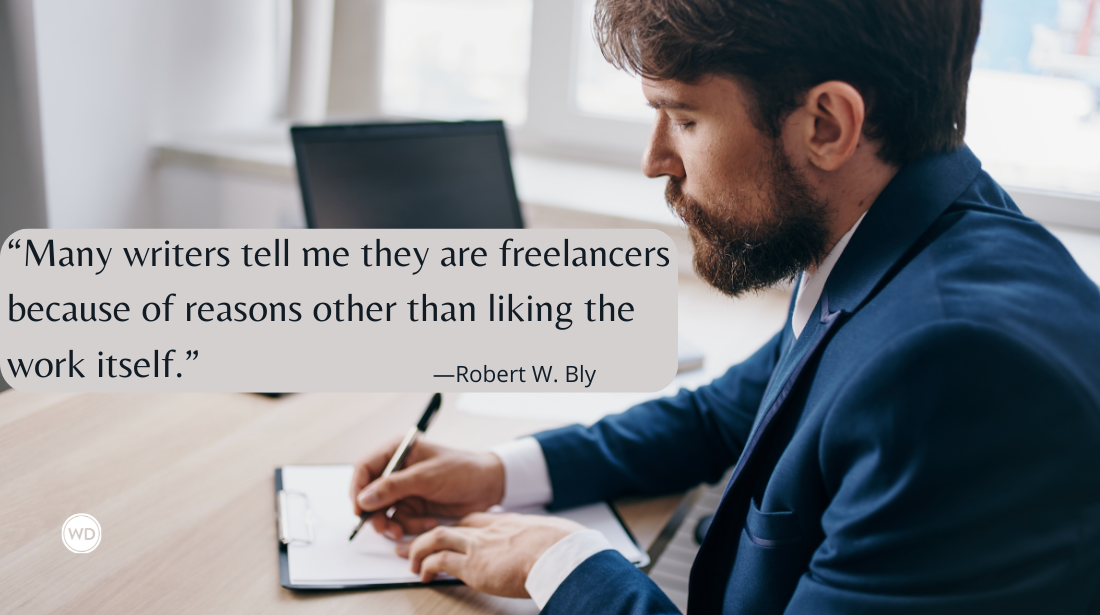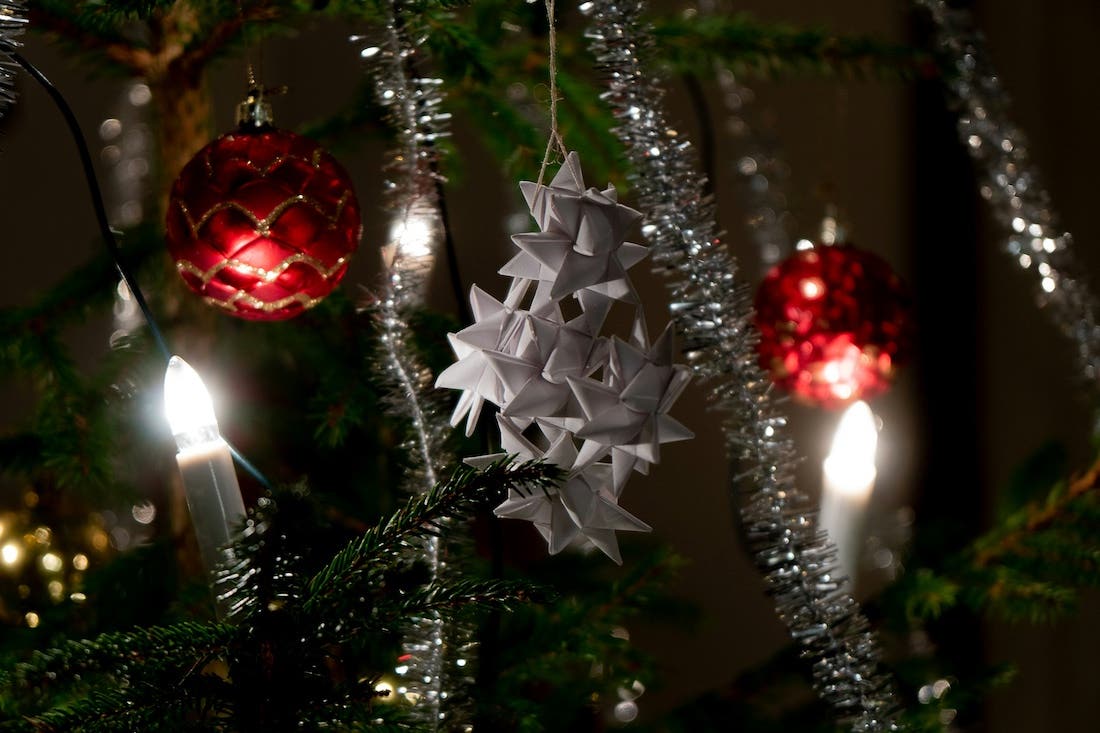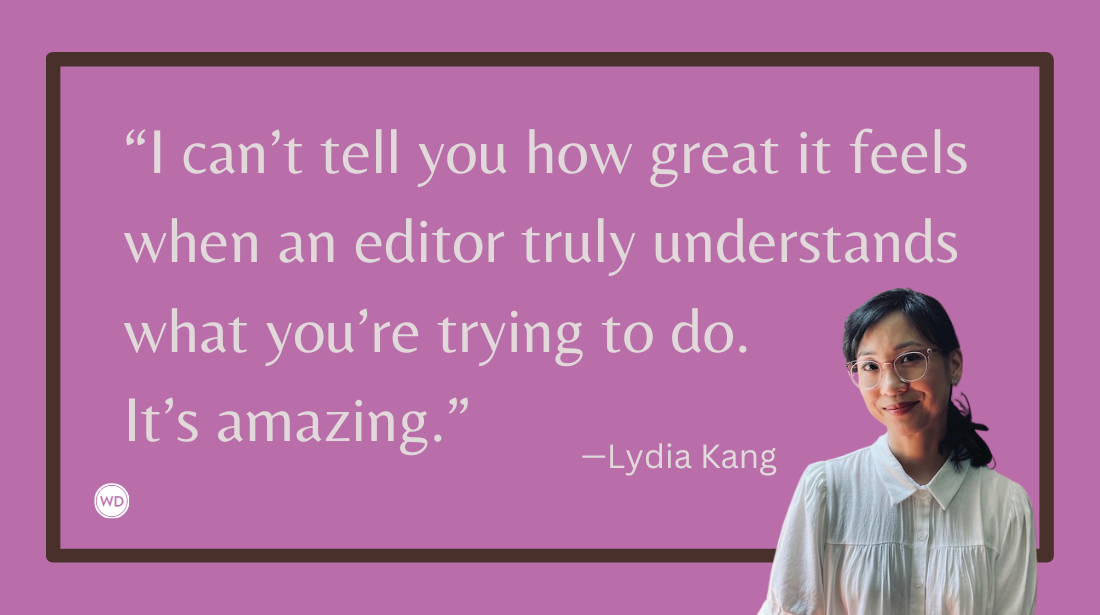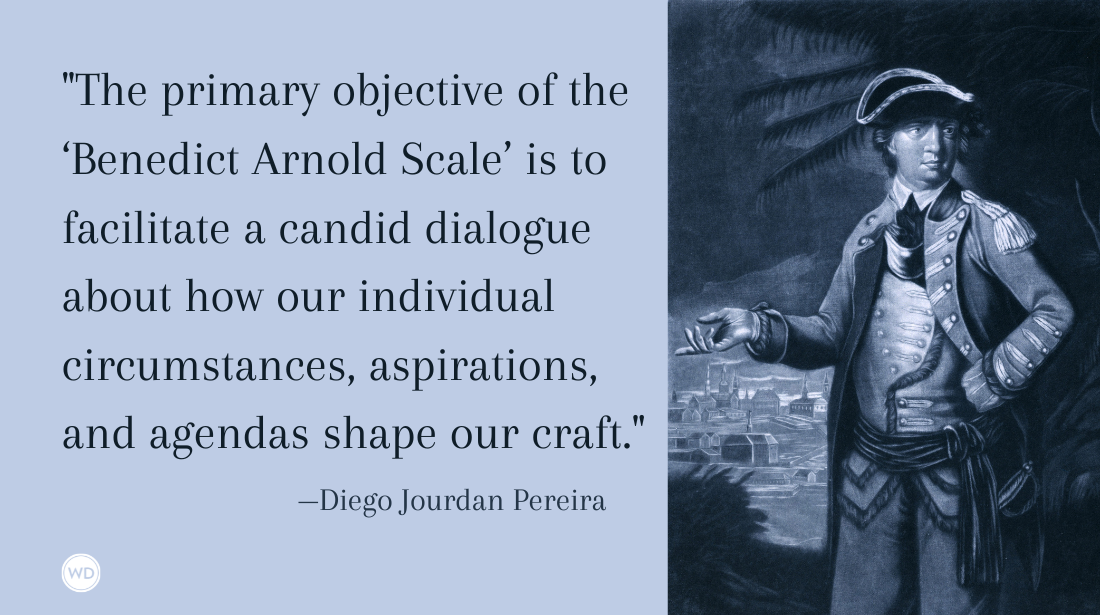The Struggle of Getting There: On Writing Novels and Conserving Paintings
Author Charlene Wang shares how a trip to Florence, Italy, helped her capture the spirit of painting conservation in her novel.
As a kid, I was never good with my hands. I preferred books to playing in the sandbox, or building forts. Throughout high school, I’d team up with a friend on science projects, offering to write up the report in exchange for her building the project. My friend was happy with the arrangement. My parents, two engineers, less so. “You need to do things with your hands,” my father would scold. “You can’t learn about the world only through books.”
Of course, I’d grow up to become a novelist.
A failed novelist, it would seem for a long time. For four years, draft after draft of my novel languished in the proverbial drawer, plagued with the interminable problem that so many authors face: Their protagonist was too similar to them. In feedback, I was told that my main character was too passive, too in her head. It was only in between the fourth and fifth drafts that I finally made a breakthrough: My character needed to do something with her hands. She needed a science project.
Maybe we all needed a science project at the time. This was during the height of the pandemic, and as I began brainstorming what to do with my novel, I fell down a peculiar rabbit hole on YouTube. I’m not sure what lured me, initially: the ASMR-like whisper of a scalpel chipping away at varnish, the bloom of rust on a cotton swab rubbed vigorously in centuries-old paint.
Art conservation is messy, tactile; it is as much science as it is craft. A trained conservator must know the chemical composition of different heat and solvent-activated adhesives, as well as the sfumato techniques distinguishing one Old Master from another.
During the pandemic I fell down a rabbit hole on conservation YouTube. I’m not sure what lured me, initially: the ASMR-like whisper of a scalpel chipping away at varnish, the bloom of rust on a cotton swab rubbed vigorously in centuries-old paint. The hundreds of thousands of views these videos racked up seemed shocking. Could this many people love watching—literally—paint dry? Maybe we all needed a science project at the time.
By the time I revised my novel, again, my protagonist was an art conservation student. Energized, convinced that this choice was going to be the choice that unlocked it all, I queried agents, thinking that any day my novel would sell at auction. But when I signed with my agent, there was still more work to be done. There was somehow both too much and too little of conservation on the page. Too many facts, gleaned from months of diligent research reading everything I could—trade journals, textbooks—and yet I still hadn’t managed to capture the spirit of the craft.
Finally, in 2022, I took the plunge, and bought a plane ticket to Florence, where I’d spend the week shadowing a conservator in her studio. Her name was Elena, and she was an Italian woman in her 60s, short and formidable, part of the generation, all women, who’d taken up conservation after the Great Flood. She spoke very little English, and I even less Italian. A local high school girl, Victoria, acted as my intrepid translator.
On my first day, I walked down a narrow set of stairs in the back of a small storefront in Santo Spirito. The dark, cluttered studio looked nothing like the clean pristine ones on YouTube. Rolled-up canvases with fraying edges leaned at sharp angles; shelves were cluttered with jam jars of solvents and glue. Light slanted down from the ground-level windows, illuminating the wisps of smoke curling from the lit Gitane in Elena’s outstretched hand—mere inches away, I noticed, from a trio of red-robed figures, dark like an oil spill. “No air conditioning. Air conditioning is bad for the paintings,” she said through Victoria, calmly lighting another cigarette. It was the middle of July.
With my expectations appropriately set, Elena handed me a No. 9 paintbrush. She had me practice on a plaster dummy, dipping the brush in black paint and filling in the brows, one light, feathery stroke at a time. By the end of the day, my back ached from sitting on a stool; my sweat had dried and re-dried so many times, my skin was like a salt lick. Worse still were my fingers, struggling mightily under Elena’s exacting gaze. They fumbled and dropped the brush; they made splotches instead of lines. By the time we wrapped up for the day, it occurred to me that we hadn’t even worked on an actual painting.
“Maybe she’s testing me,” I fretted to my partner, on the sidewalk eating gelato later that night. The flavor—Creme di Medici; like a Ferrero Rocher but better—as well as the spot was recommended by Elena, who’d dismissed the one I’d researched online as a tourist trap. She had strong opinions, and she was usually right. I wondered how the rest of the week would go.
The next day, I expected we’d get to work on a painting, but instead we learned about colors.
The third day, we returned to the plaster dummy, with only marginal improvements in my brushstrokes. “Cheer up,” Elena said, my misery apparently needing no translation. “At Italy’s top conservation schools, students spend a year learning just how to hold a brush.”
By the end of the week, I began to worry that I’d never get to see work on a painting. And wasn’t that the whole point of the trip? To see how real conservators worked? How could I give my novel the know-how it needed, if I expected my characters to do more than just hold a paintbrush?
“Don’t worry, I’ll talk to her,” Victoria promised me, right before we descended down the stairs on the second to last day. I have no idea what they talked about, only that two Gitanes were smoked. So it was that afternoon I watched Elena clean a large 18th century pastoral that had been forgotten in the attic of a family’s Tuscan farmhouse for decades.
It was thrilling to sit next to Elena with bated breath, to see in front of my eyes what I’d only seen for years on a screen. But there was no grand reveal, no secrets or tricks of the trade. In fact, looking back on the trip now, I’d learned more about conservation in all the days preceding that one. The physicality of the craft, from all those hours sitting on that stool in the stifling heat. The attention to detail, from all my feeble attempts to replicate a single brushstroke. The feel of that No. 9 paintbrush against the callouses forming on my hands.
And in the end, those were the details that mattered, the ones that are in the book now. What gave my novel verisimilitude was not the end goal, a painting restored to its full shining glory. What gave my novel verisimilitude was the struggle of trying to get there.
Conserving a painting takes time. Writing a book takes time, too, and in both cases, it’s time forged in the crucible of experience. When I came to Florence, I didn’t quite understand what working with my hands meant. Like a tourist at the Uffizi, I was impatient to just get my shot, and go. But true mastery means learning the basics, endless practice, brushstroke after brushstroke, draft after draft. On the train back to Rome, I revised one particularly thorny chapter, stripping it down to the basics: the textures, the smells, the ache of the brush after a long day’s work. Even so, it still wasn’t there, and it wouldn’t be for a long time—and that’s okay.
Because in the end, Elena said it best: It was about learning how to hold a paintbrush in a year.
Check out Charlene Wang's I'll Follow You here:
(WD uses affiliate links)




